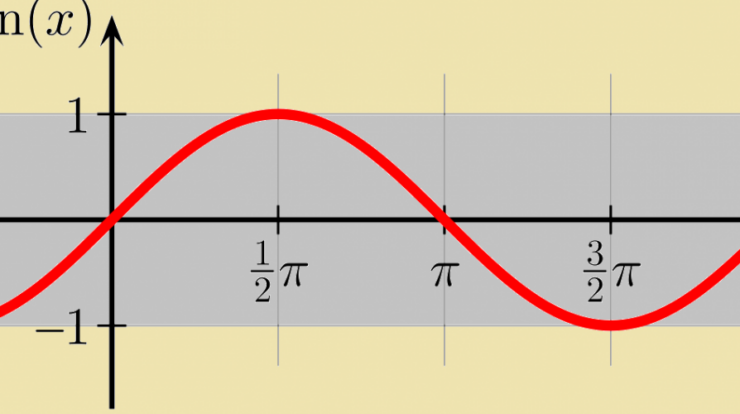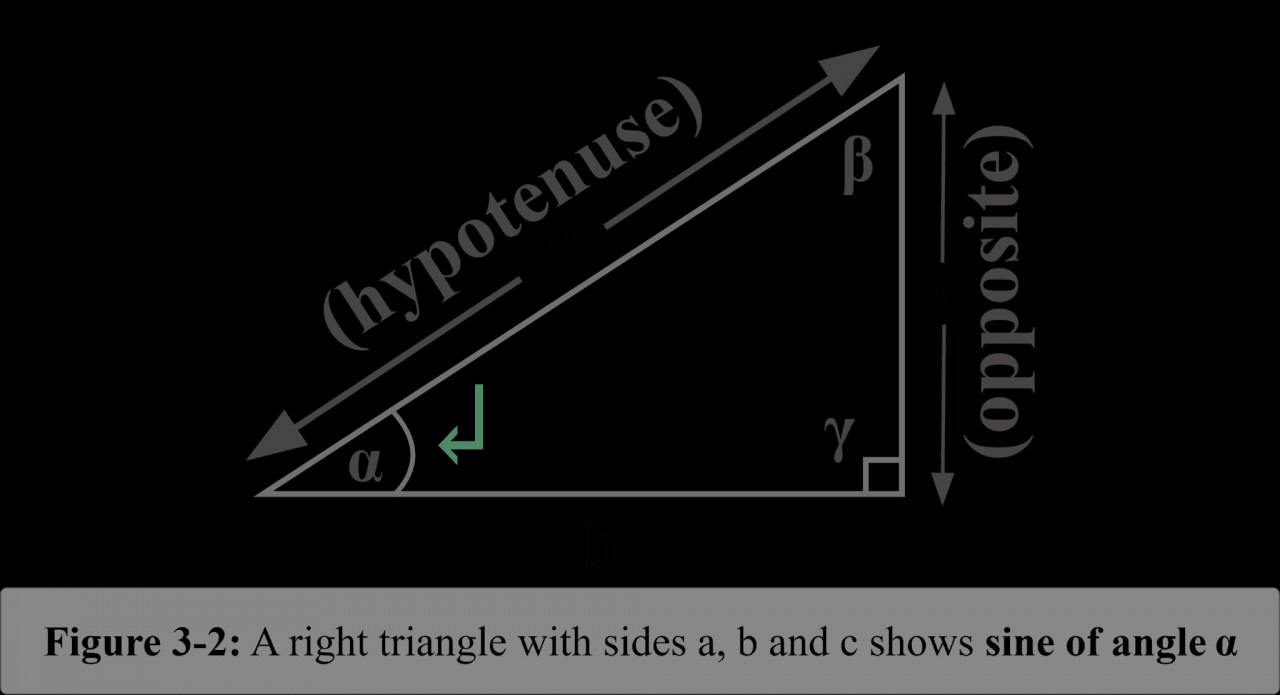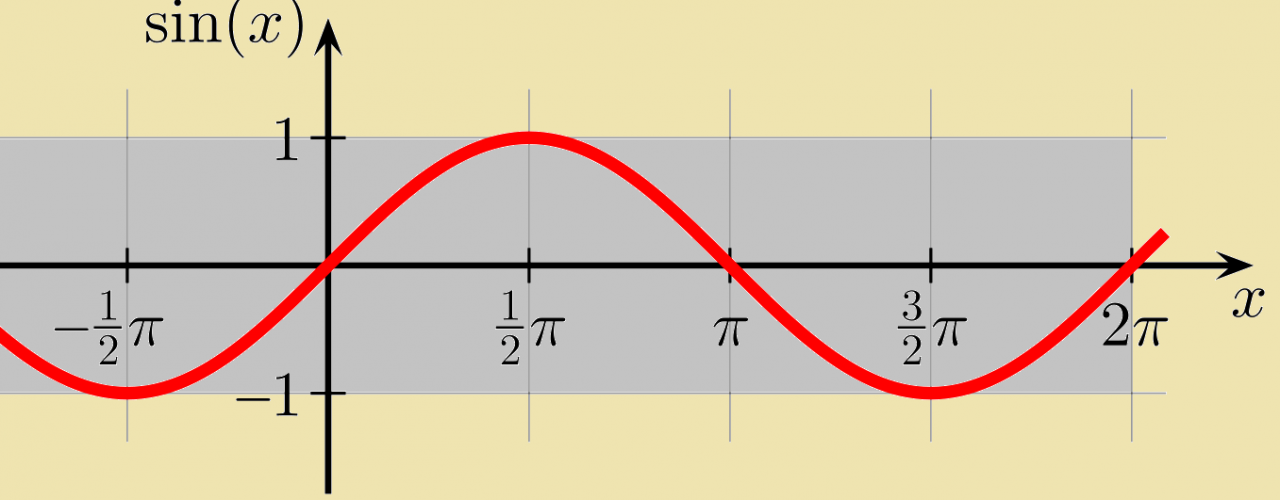
The sine function, a cornerstone of trigonometry, holds a pivotal role in shaping our understanding of periodic phenomena. Its unique properties and versatile applications make it an indispensable tool across diverse fields, from engineering to music. Dive into the fascinating world of sine definition and uncover its profound impact on our comprehension of the world.
Sine, defined as the ratio of the length of the opposite side to the length of the hypotenuse in a right triangle, establishes a fundamental connection between angles and side lengths. This trigonometric function, represented by the abbreviation ‘sin,’ exhibits a characteristic wave-like pattern, oscillating between -1 and 1.
Definition of Sine

The sine function is a trigonometric function that measures the vertical coordinate of a point on the unit circle. It is defined as the ratio of the length of the opposite side to the length of the hypotenuse of a right triangle.
The sine function is closely related to the unit circle, which is a circle with a radius of 1. The sine function can be defined as the y-coordinate of a point on the unit circle that is located at an angle θ from the positive x-axis.
Properties of Sine
- Amplitude: The amplitude of the sine function is 1, which means that the maximum and minimum values of the function are 1 and -1, respectively.
- Period: The period of the sine function is 2π, which means that the function repeats itself every 2π units.
- Symmetry: The sine function is an odd function, which means that it is symmetric about the origin.
These properties affect the shape and behavior of the sine wave. The amplitude determines the height of the wave, the period determines the length of the wave, and the symmetry determines the shape of the wave.
Applications of Sine
- Engineering: The sine function is used in engineering to calculate the forces and stresses on structures.
- Physics: The sine function is used in physics to describe the motion of objects in harmonic motion.
- Music: The sine function is used in music to create sounds.
The properties of sine make it useful in a variety of fields because it can be used to model a wide range of phenomena.
Calculating Sine, Sine definition
The sine function can be calculated using a variety of methods, including:
- Calculator: Most calculators have a sine function built in.
- Trigonometric tables: Trigonometric tables provide the values of the sine function for a variety of angles.
- Mathematical formulas: The sine function can be calculated using the following formula:
sin(θ) = opposite/hypotenuse
where θ is the angle in radians.
Graphing Sine
The sine function can be graphed using a table of values or a graphing calculator. To graph the sine function using a table of values, simply evaluate the function at a number of different angles and plot the results.
To graph the sine function using a graphing calculator, enter the following equation into the calculator:
where x is the angle in radians.
Derivatives and Integrals of Sine
The derivative of the sine function is the cosine function:
The integral of the sine function is the negative cosine function:
cos(x) + C
where C is the constant of integration.
Inverse Sine Function
The inverse sine function, also known as the arcsine function, is the function that returns the angle corresponding to a given sine value.
The inverse sine function can be calculated using the following formula:
where θ is the angle in radians and x is the sine value.
Outcome Summary: Sine Definition

In essence, sine definition provides a mathematical framework for understanding and predicting periodic motion. Its applications extend far beyond theoretical calculations, reaching into the practical realm of engineering, physics, and even music. By harnessing the power of sine, we gain invaluable insights into the rhythmic patterns that govern our world.
FAQ
What is the range of the sine function?
The range of the sine function is [-1, 1].
What is the period of the sine function?
The period of the sine function is 2π.
What is the amplitude of the sine function?
The amplitude of the sine function is 1.